Speeches Shim
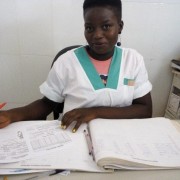
“Previously, I wasn’t confident enough in some aspects of my work, like management of fever in pregnant women, and determining fetal age and position. Thanks to the formative supervision visits I have received, now I can confidently conduct physical examinations and manage fever in pregnant women, in addition to correctly filling in Antenatal Care patient registers. I look forward to continued support in the future.” These are the words of Luzia Camba Glória Vungo an antenatal care nurse who works in the Gasolina health facility in the municipality of Chitado. Her health facility is 15 kilometers from the provincial capital of Saurimo, Lunda Norte province.
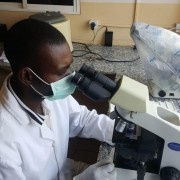
Diagnosing malaria in a timely manner remains a significant challenge in Angola. According to the Plano Nacional de Desenvolvimento Sanitário 2013-2025, only 45% of the Angolan population have access to health units. Of these units, less than 40% have laboratory capacity—and those with capacity are often poor quality. To effectively combat malaria and save lives, it is essential to increase malaria diagnosis coverage and the diagnosis capacity of existing laboratories.
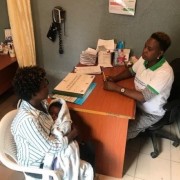
The USAID Health for All project supports the Ministry of Health through its National Directorate of Public Health, National Malaria Control Program, and the Reproductive Health Department to increase the effectiveness of Government of the Republic of Angola’s resources in satisfying the health needs of its population.
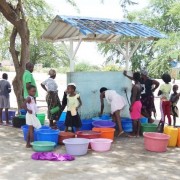
Water is one of the most important resources in our planet, people, animals and plants, all need water for survival. For 47% of the population in Angola, clean drinking water is more valuable than the real black gold in the second largest oil producer in Africa. Angola has one of the world’s highest child mortality rates, with 72 deaths in 1000 children before they complete the age of 5. According to UNICEF’s Promise Renewed 2015 Annual Report, 14 % of the child deaths in Angola are caused by unsafe water sources or waterborne diseases or worsening the prevalence of malnutrition. In 2017 the first Demographic Health Survey in country reported that just over half of households, 53% have access to appropriate drinking water sources, 67% of which in urban areas 32% in rural areas.
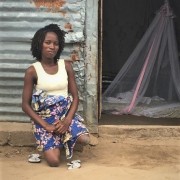
Spurred by messages from USAID’s Community Manged Water and Sanitation project, Alice gathered construction materials and human and financial materals to build an imrpoved latrine in her backyard. Alice’s work inspired her community of Bom Jesus in Luanda Province to build their latrines and turned their neighborhood into a model for good hygiene and sanitation practices.

Comment
Make a general inquiry or suggest an improvement.